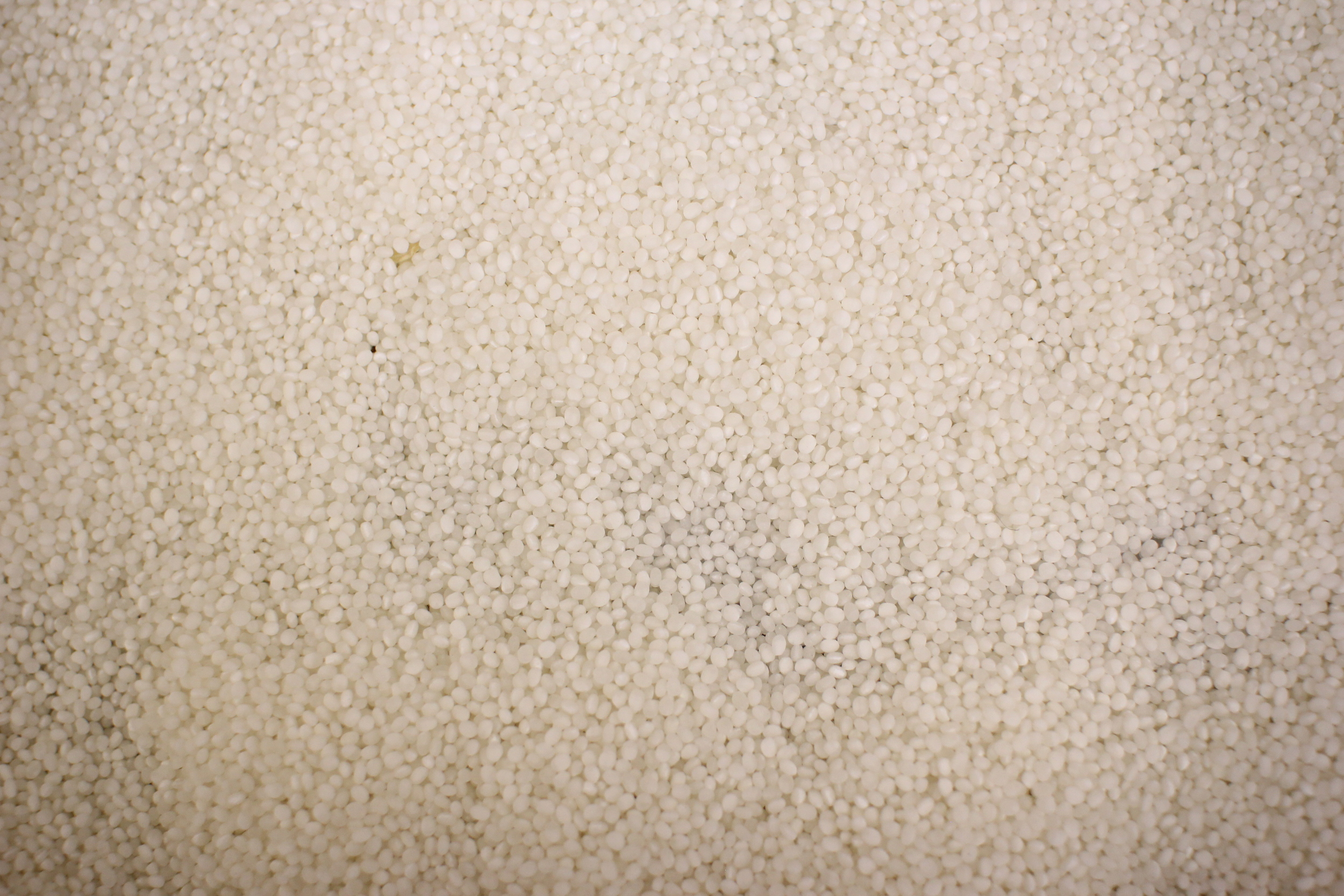The reason why sake is historically related to Japanese Shinto religion comes from sake’s main ingredients; rice.
Our diet has been nourished by the wet rice cultivation “Inasaku 稲作” culture since 2,500 years ago, and within Shinto religion, people believed the existence of “Inadama 稲魂”, that rice paddy has a soul and spirit. Therefore Rice and Sake has been the religion of Japan throughout the history.
There are two types of rice for sake making, table rice and “Shuzo-koteki-mai 酒造好適米”. Table rice is everyday rice that we eat as a meal. It contains more fat and protein, and does not have “Shinpaku 心白”, appearance of starch in the centre. Shuzo-koteki-mai is designed to meet the needs of making good quality sake and it has special features to be qualified.
1. Large in size (25-30g/ per 100 grain)
2. Starch in the centre is apparent (called as Shinpaku)
3. Minimum amounts of protein and fat
4. The grain has a high absorption level
5. Hard on the shell and soft inside (when it is steamed)
Rice production for sake only takes up 5% of whole rice production in Japan and within that number, it is only 1% of them are for Shuzo-koteki-mai.
Since it is not easy to grow, it tends to be high in price. The king of sake rice, Yamada-nishiki 山田錦 from special A region, which is most expensive and has high quality, could cost about three times more than the regular Shuzo-koteki-mai does. Even though Shuzo-koteki-mai is an ideal choice, there are more breweries today using table rice to beautiful sake in lower price.
Please check the name of rice used next time you encounter Sake!


